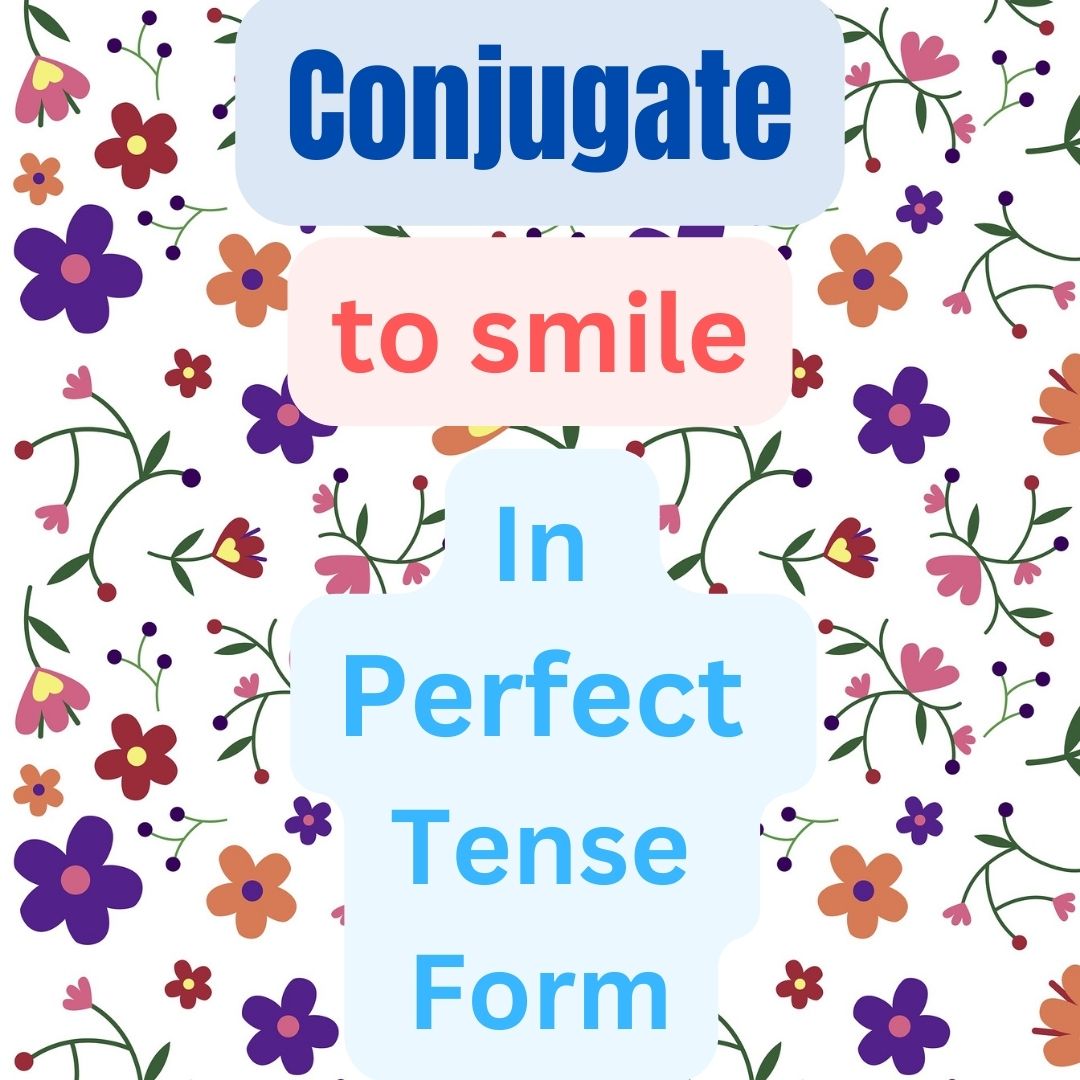Tag: tense

Conjugation of to smile in Perfect Tense Form/Active
This table covers all forms of the verb “to smile” in the Indicative mood, the Active voice for the Perfect group of tenses, including affirmative, question, and negative forms for all persons

What is Syntax? Syntax in English
Syntax refers to the set of rules and principles that govern the structure of sentences in a language, including word order, sentence structure, and the relationships between words. In English, syntax plays a crucial role in creating meaningful and grammatically correct sentences.

The Infinitive-Non-Finite form of the Verb
The infinitive is a verb form that typically uses the word to before the base form of the verb. For example: to run, to walk, to eat, etc. The infinitive form is often used as a noun, an adjective, or an adverb in a sentence.

The Group of Tenses of the Passive Voice
In the passive voice construction with to be and past participle, the focus is on the action being done to the subject, rather than the subject performing the action. This construction emphasizes the result or effect of the action, rather than who is doing the action. For example, in the sentence The cake was baked by the chef, the focus is on the cake and the fact that it was baked, rather than the chef who did the baking. This construction is useful when the doer of the action is unknown, unimportant, or when the speaker wants to emphasize the result of the action rather than who performed it.

The Present Continuous tense
The Present Continuous Tense: The affirmative form: of the Present Continuous Tense is formed by using the present tense of the auxiliary verb to be (am, is, are) followed by the present participle (verb + ing) of the main verb. Subject + Auxiliary Verb + Main Verb + ing Examples: I […]